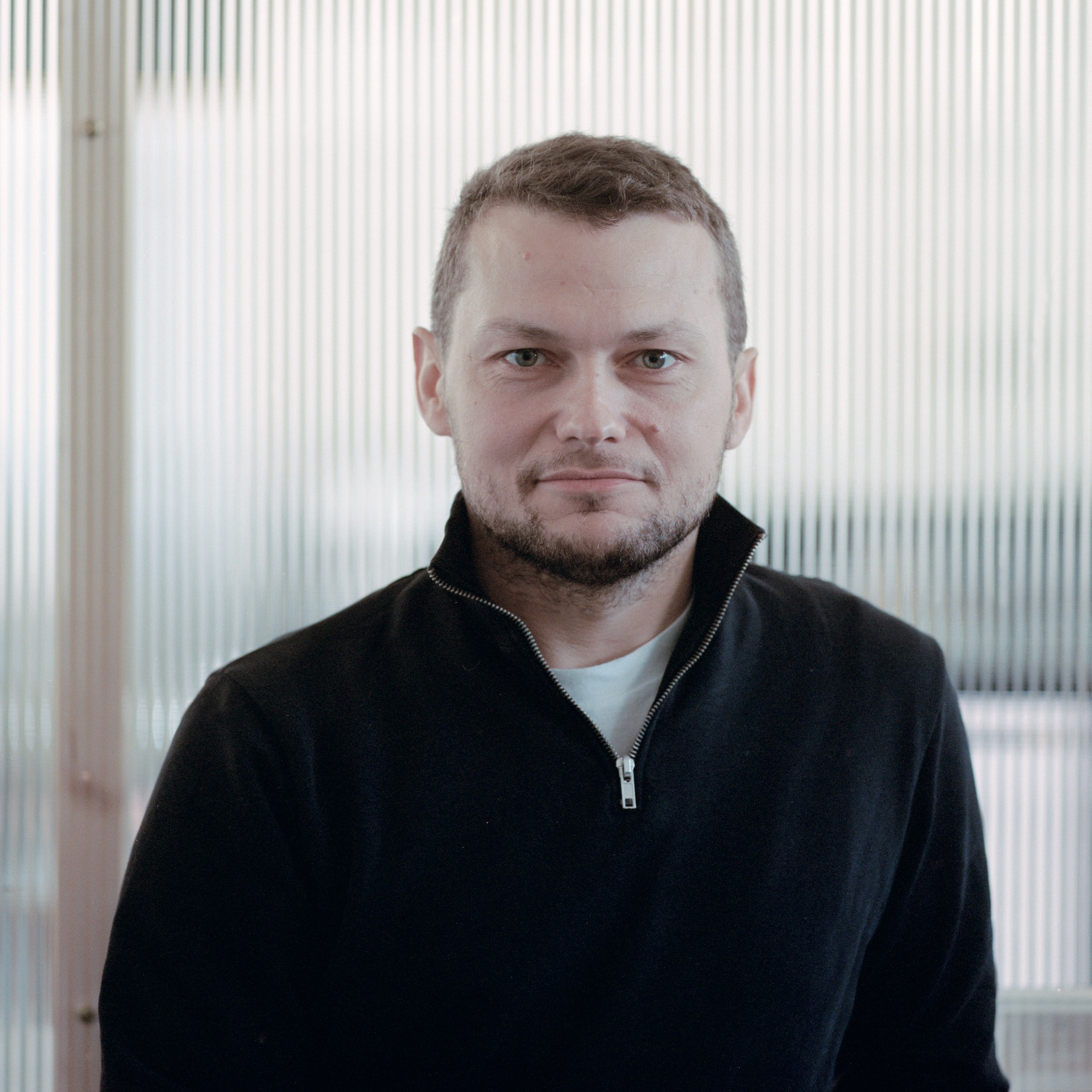ECS chatted with JBL over iMessage.
Salut! Ready? Tu as un verre?
Hey. Sure.
Ok! When did you start making letters?
I’m pretty sure I have high school scribblings in a drawer somewhere at my parent’s place. Graffiti-style letters.
Did you ever do graffiti?
No, not really. But I trashed walls with a friend in his suburban neighborhood. Back then we took pictures of our forfeit, then brought our film to the shop to get them developed. One clerk offered us a framed print. Tongue-in-cheek. I was as ashamed as a teenager buying softcore porn mags. Don’t know why I’m telling you this. I started drawing alphabets in art school, really.
Hahahaha! So you came to type design through shame.
Nah, through control. As a graphic design student, I loved the feeling of controlling all aspects of a given design — including letters. I was an average photographer, mediocre illustrator… that’s what was left for me. I came to type design by default. It was the easiest thing. Like water flowing wherever there’s less friction. All students do this I guess, no?
I think they do, but maybe kind of opposite, in that letterforms are the hardest thing. Maybe that was just me. Did you, or do you now, associate letters with other things? Or did you just feel drawn to these things that are in a system, and you can stretch the limits of that system?
I didn’t say the first attempts were successful … ? Just that it’s what I liked to do. I kinda loved (and still do) the distorting reflection that type does to language. Right now I associate EVERY DAMN THING with type design. Like, my favorite type designer is James Turrell. That’s how far it stretches.
It’s a thing that is evident in your work, actually. Your work feels unafraid. For being such a controlled thing, your typefaces often feel unleashed. I always wonder whether type designers like to experiment by applying what they’re drawing to other things — are you seeing what typeface would work on a book jacket, for example; are you seeing how it would work on the side of a building, etc.
With as much sight into other disciplines as I have, yes, that’s what I want to do. Ex nihilo type design is void. A sentence like “I don’t know what to use it for” is the worst thing you can say about a type… Your questions are deep.
Oh, just wait.
?I shoulda gotten the burgundy wines then. Not this hipstery Parisien beer.
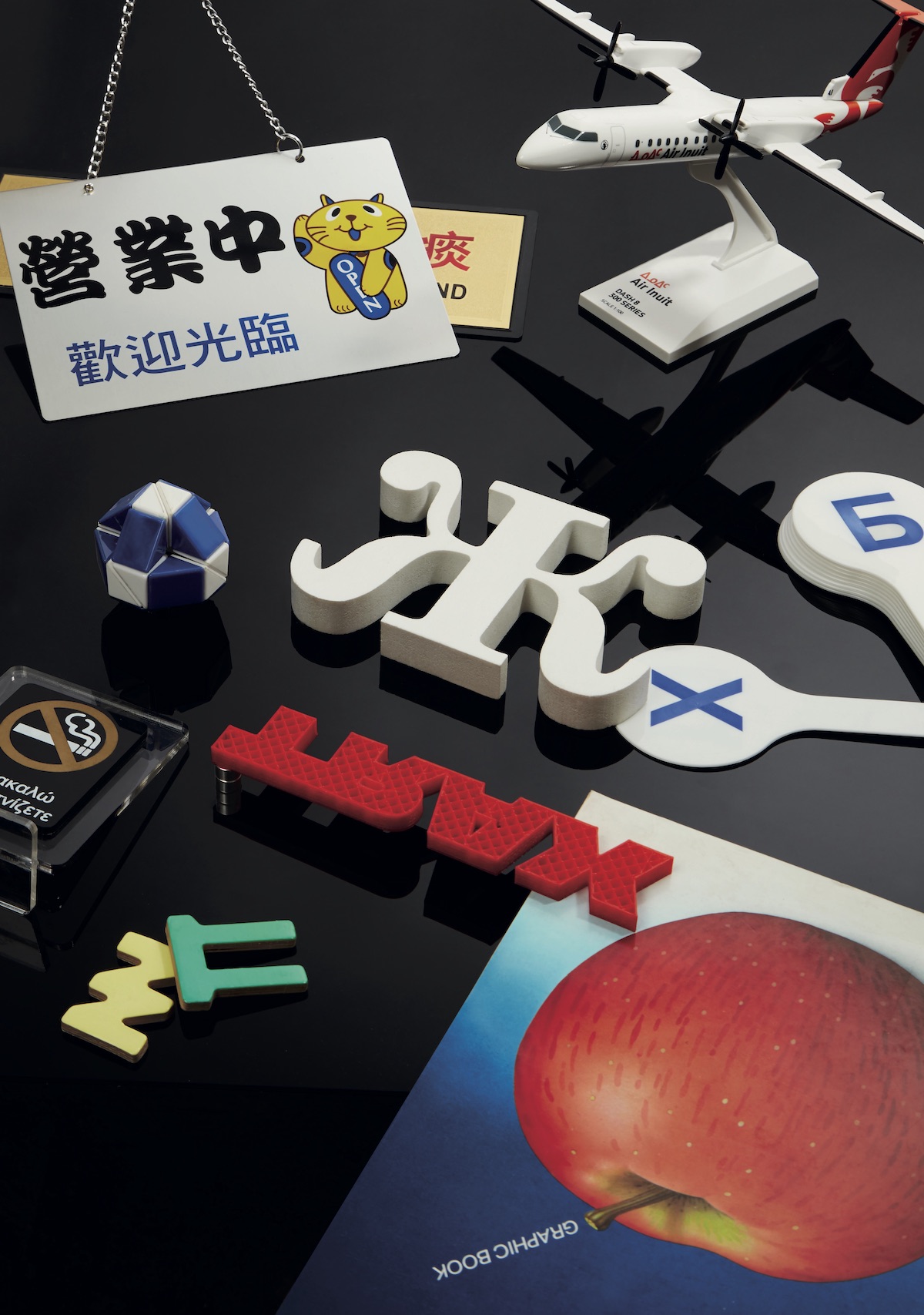
One thing I recognized pretty early on when I started actually designing type is I have no patience for long-term gratification. Is that a problem for you? Do you get impatient, just want something done?
Oh yes. I am so impatient. But, I learned to love that feeling.
Ahhh so you’re a masochist. ?
Never thought about it but sure, hell, why not ?Having an idea is thrilling. With type design, getting it out in the world is like the end of things, and the beginning at the same time. So, I have many more ideas than I have time. Like all of us, I suppose.
I remember Matthew Carter saying once that type designers are held hostage by people who use their fonts. It’s a super controlled thing that you then relinquish all control of.
Are they? Then I have Stockholm Syndrome. But once again we’re getting back to that control aspect of type design. You hooooold and releaaaaaase.
Do you think of type design as problem solving?
Definitely not. Problem solving is the worst. It’s like you’re the plumber in a graphic designer’s flat. You bend over, show your butt crack, fix some shit, and leave. Problem solving is so low! And that’s not what we do. We provide the whole fucking network of pipes. Blame us if it gets clogged, for sure.
I love this analogy.
I just made it up. Usually I use clothes, works better. The fact that type design solves problems is secondary.
So you’re not solving problems, but you’re providing infrastructure. Material?
Yes. This. “Material.”
I like that word for it too.
Are we having that “typefaces are not tools” discussion?
Decidedly no. Let’s not.
It’s definitely material. Excellent. Love ya.
I guess I want to know what pressures you, though. I think the idea that someone works from the notion that there’s a barrier — legibility at a small size, on a screen, whatever, creates a creative pressure. It draws parameters and constraints to work within. Otherwise maybe you’re making art.
I love to devise shapes that I have not yet seen. It’s not pressure, it’s a paradigm, that’s all. Not constraints, just an environment. I would do the same job as a florist, just the output differs.
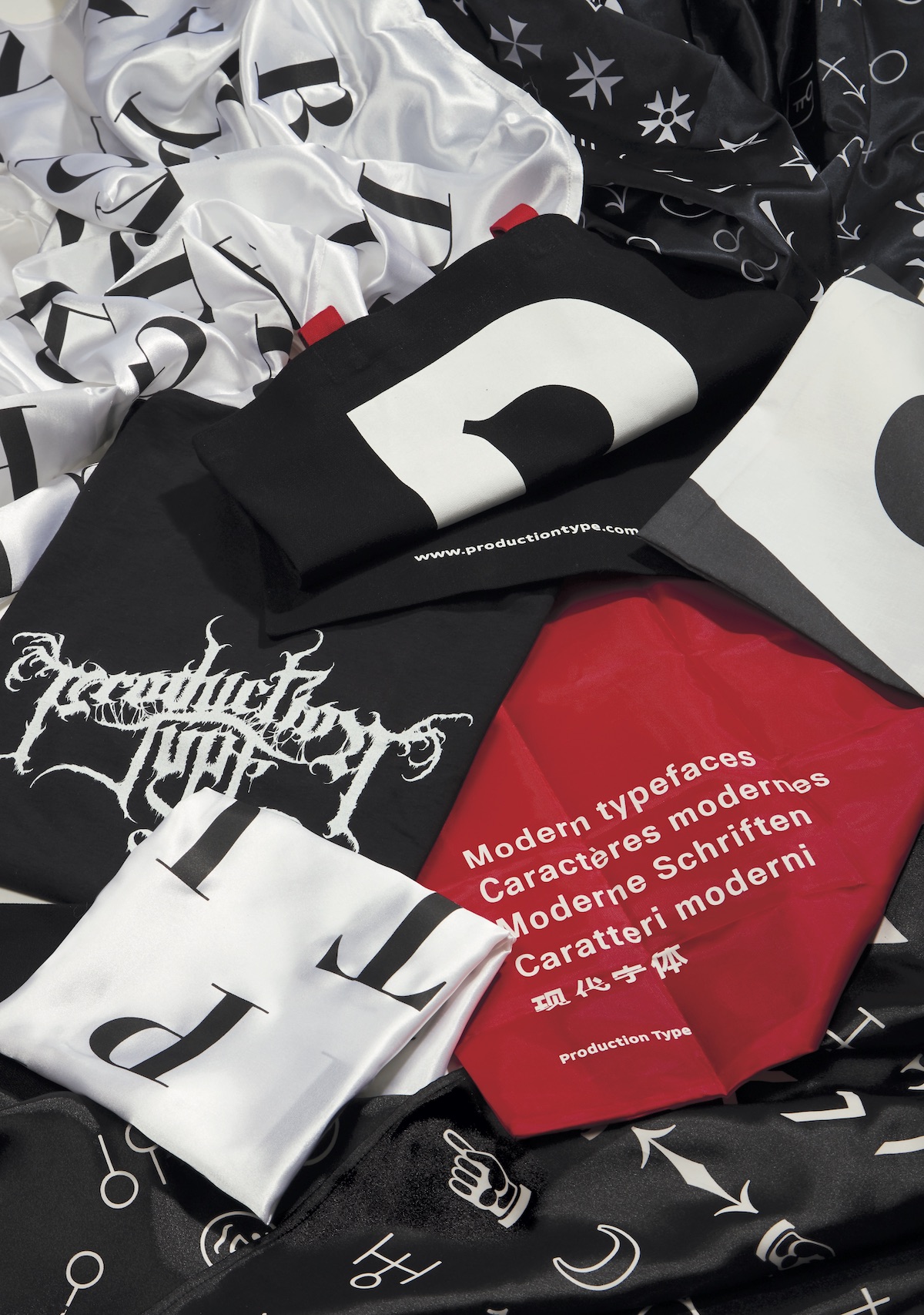
I meant to ask you more direct questions like, Why Did You Start A Foundry?
Oh god, please...
You probably don’t even know anyway.
I have an ego too big for a one-man operation, I needed corporate power.
Good answer.
That, and I needed a brand to put on a t-shirt. Because “JBL” doesn’t feel right as a logo.
I use that reusable tote from you guys all the time.
See, would you use that tote, if my face was on it?
PLEASE. All three-word names make wonderful logos. YSL, ECS, JBL. You have a hyphen and an aigu.
Tell that to web form designers.
Anyway this isn’t about you. Or, it isn’t anymore. This is about the material and the environment.
Okay, okay.
Here’s a thing I think about basically every day now…
Retirement?
(Yes, but that’s not likely.) Do you feel helpless as a type designer, given the current state of the world? Or are you able to compartmentalize your place in it? I feel like we have all this material and awareness and it all has to do with COMMUNICATION. But type design stops short of the communication part.
How I make a living isn’t the point. Not even how other people in the foundry make a living. It’s what you do with the wealth you created. We create value. Quite a large amount of value. I get around that question because the money goes back to virtuous deeds. Electricity, associations, carbon footprint. We give back as much as possible. So, sure, type design versus environmental issues? It’s really distant. But corporate social responsibility is a thing. As a type designer I sure am not “doing my part”, but I contain multitudes ?
That seems like a healthy conclusion. So, you employ several people now. What kinds of things do you teach them?
Man, that’s tough. I teach my students…The team? I hope it’s about having fun, liking your colleagues, being happy to go to work and valuing this. Like, the last recruitment, we sought people we can get along with. Not skills (not immediately at least). We know what kind of “low-level”, company-specific skills you can get from working here. Organization, processes; know-hows…Skills are teachable. It’s a small team, so getting along matters more.
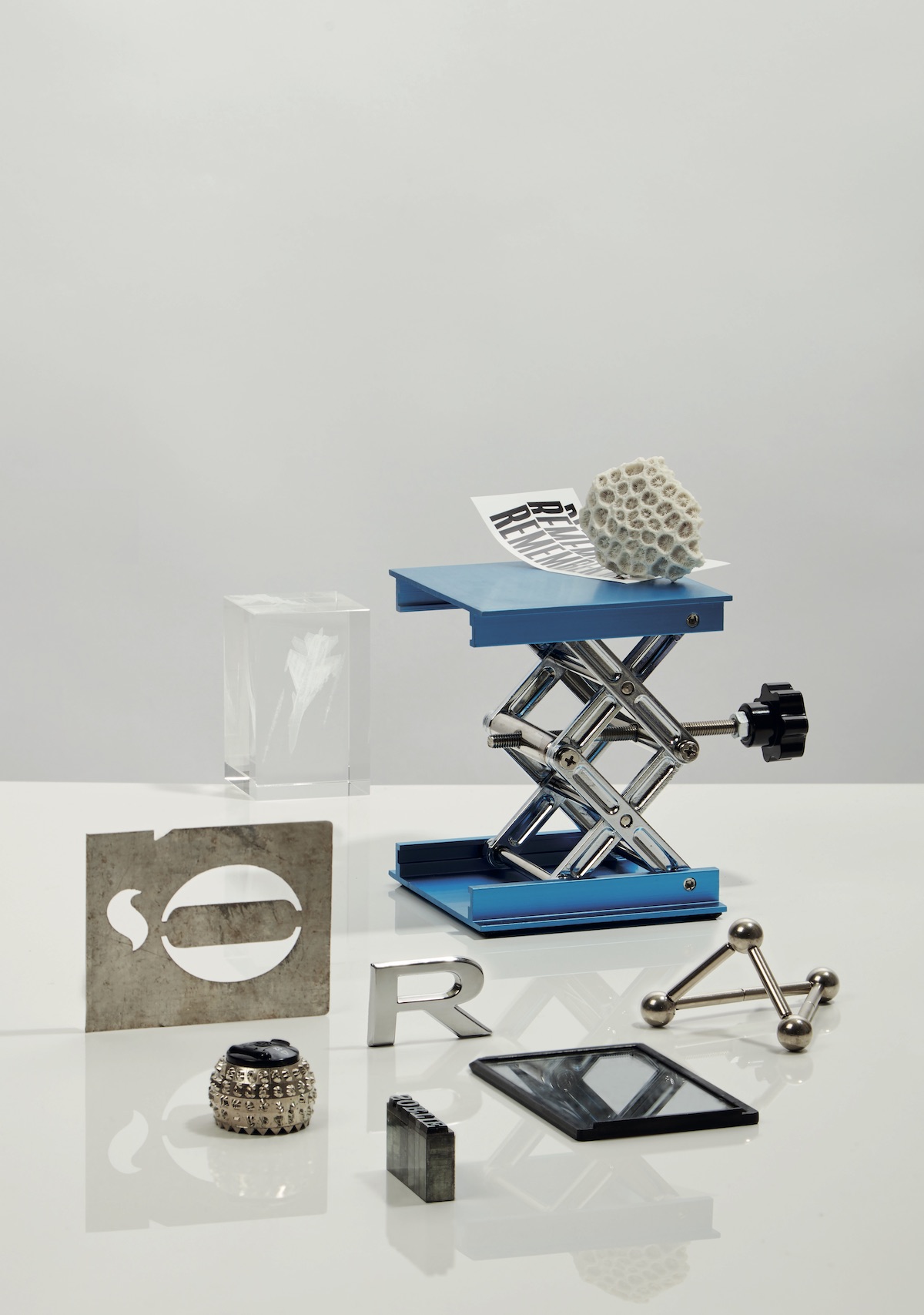
I was trying to find out if there is some core ethos to Production Type? Something that they will hold on to throughout their careers that they feel is important. Maybe that’s never really a conscious thing though.
Oh. Alright, then: I’m really picky about walking in the shoes of the people we talk to (the clients) of the people who receive our material (the users).
Why?
It’s really easy to design presentations, specimens, communication materials, etc. that look and feel great… IF YOU’RE A GODDAMN TYPE DESIGNER. Even customer support emails are tough, in this regard!
Oh! True.
The job comes with a paradoxical reputation package: cool but snobby, specific but nerdy. Really, it is closer to an industrial design job, not to graphic design.
Absolutely. It’s funny to me, how that road forks within design, between graphic and type. I find that I am almost always drawn to type that is made by people who are also good graphic designers— you’re all very aware of use, which you’d think more type designs would be. What’s the outlook for your experimentations with type? Do you see it as never-ending?
Yes and no. No, it has an end. See how some excellent type designers end up always drawing the same beautiful type. I think aging in design is a real issue, and I’m afraid I may lose it. My famous edge.
We all fear that, I think.
I even fear that I won’t see that it’s long gone. I see that in other people. But I still have projections for new designs, so: no.
You see that they’ve aged out of being innovative, and they don’t? I fear that all the time. That my work will be seen as obsolete, and I’ll still think highly of myself.
A foundry is a genuine melting pot, a crucible. There’s a bit of me and bit of young, talented designers.
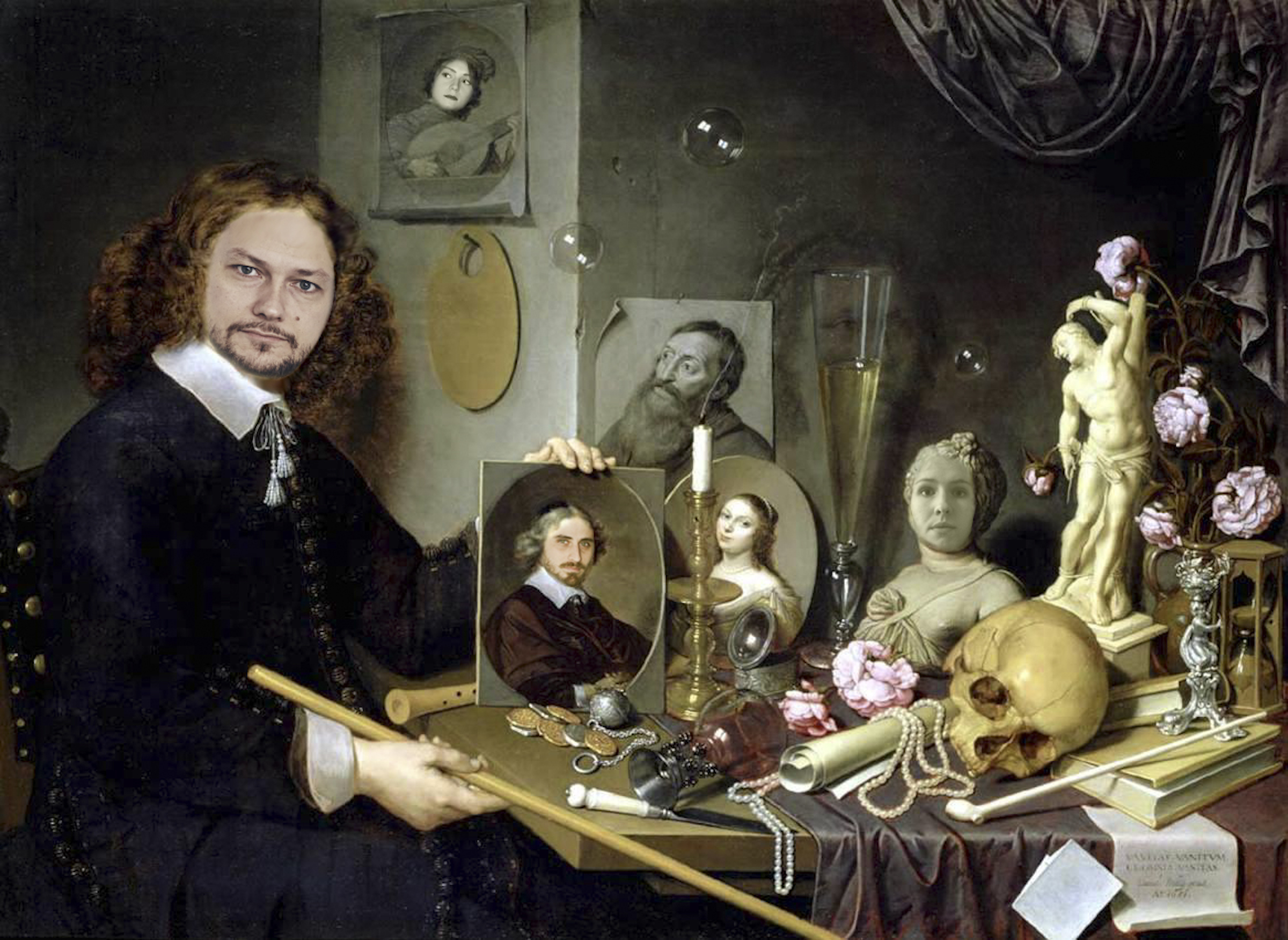
The team.
Does having a foundry allow you to have a longer life, in that respect?
Yes, exactly what you describe. That’s one of the purposes of having a company. It can outlive me, and it can be better than me. It’s bleak only if you fall down and lie about it. Take this for instance: I don’t believe digital should be eternal just because it can. So I am retiring designs whenever I feel they’re no longer relevant. I’M NOT TELLING YOU WHICH ONES.
HAHAHAH I was going to ask how you feel about older work.
More accurately, we replace it.
There’s so much of my work that was fine for the time. it did the job, I was not very experienced, my eye wasn’t trained well yet, so I hide it away and hope that people won’t realize that it took time and learning to get better.
The internet never forgets, dear.
IT’S NOT ON THE INTERNET, BWAHAHAHAHA. One of the blessings of historically being primarily a print designer.
Just like teenage class photos. It was you. In the past.
So you replace that work. You don’t continue to peddle it as timeless, then.
I don’t do timeless. It’s pretentious ? Doing contemporary / actual is hard enough. It may go out and come back in style, that’s for sure. But posterity? Come on.
Ha! I love this. So you don’t have to waste energy on wondering if anything will become unfashionable.
Self-consciousness is the plague.
